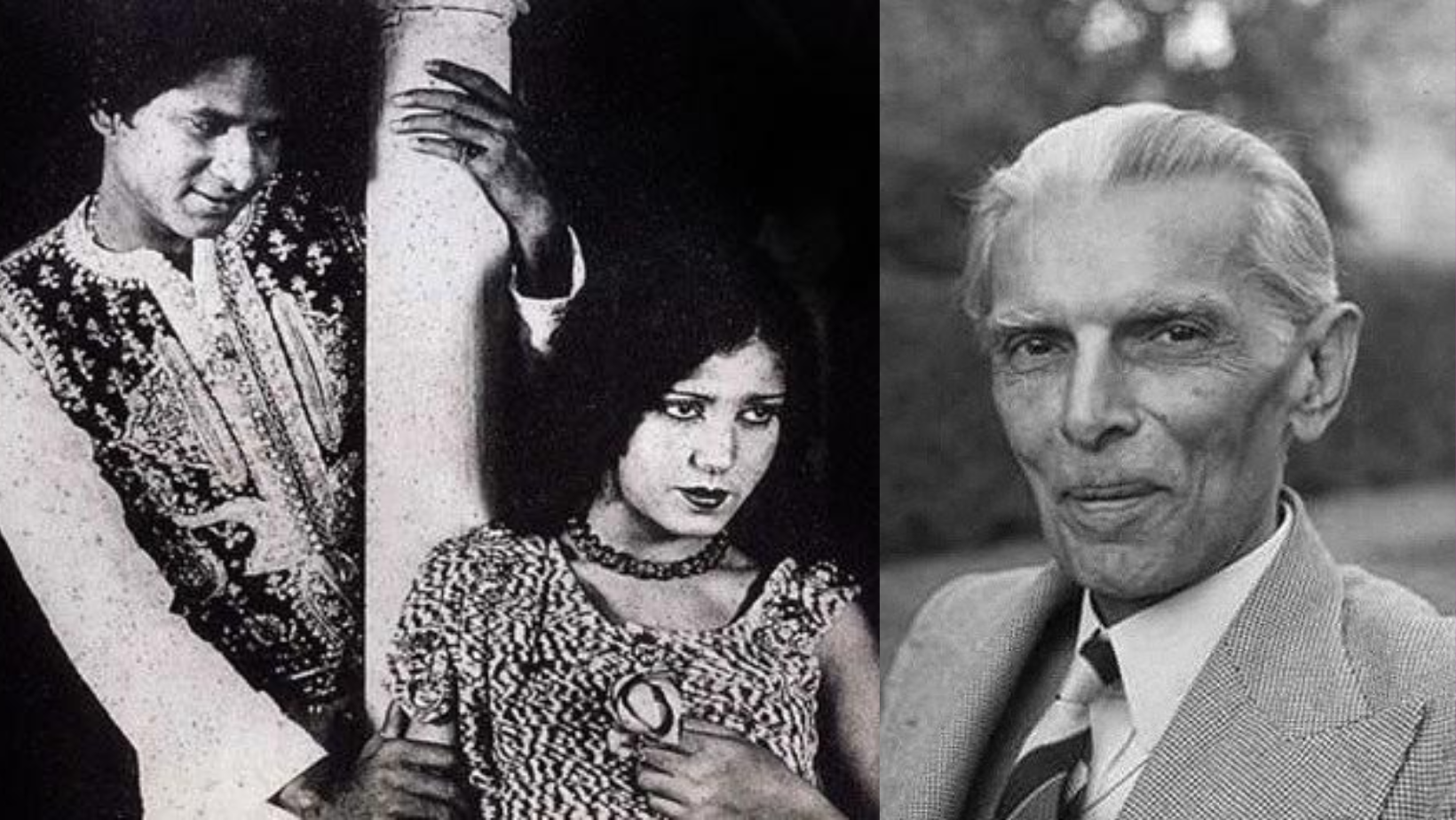The move from silent to talkies was a revolutionary change in Indian cinema history, enabling spoken word to bring stories to life. With movies like The Jazz Singer, the world had already seen the arrival of talkies, but India was enthralled with the idea of producing its own masterpiece. In contrast to the well-known role of Muhammad Ali Jinnah, who influenced the course of Indian film, the history is well recognized.
In 1931, the first Bombay talkie, Alam Ara, was given the go-ahead by Pakistan’s founding father after a court fight, according to a recent piece in The Indian Express. In 1927, the world was only starting to realize the potential of The Jazz Singer, the first talkie film with a full length. Filmmaker Ardeshir Irani set out to create India’s first synchronized sound production in Mumbai, motivated by the potential of sound in motion pictures after seeing the 1930 picture Show Boat.
But there were many obstacles in the way of making Alam Ara, the ground-breaking movie that would launch Indian talkies, none more so than the casting dilemma that almost put the whole thing at risk.
Let’s introduce Master Vithal, a well-known silent film actor who is much sought after by both producers and viewers. Irani’s fascination with the Hollywood star was not entirely justified, since having a well-known face was also a means of guaranteeing the success of his novel endeavor. But Master Vithal’s contractual obligations with Sharada Studio entrapped him, throwing doubt on his possible involvement in Alam Ara.
Not long after Irani signed him, Sharada Studio filed a lawsuit against the actor. Master Vithal sought out Jinnah’s legal expertise during this dire situation in order to secure his freedom to tackle Irani’s masterpiece.
With Prithviraj Kapoor and Zubeida among its ensemble cast, Alam Ara signaled a new era in Indian filmmaking. However, there were some difficulties along the way. Master Vithal’s difficulties delivering conversation alluded to the early teething problems of this emerging art genre. Nevertheless, the film’s release marks a turning point that helped create Indian cinema as we know it, as it approaches its 93rd birthday.
Jinnah and motion pictures
While the once-thriving Pakistani film industry has been officially neglected by successive administrations, a letter written by the country’s founder, Jinnah, was unearthed in 2013 and shed light on the sector’s significance.
“I received your letter dated December 30, 1944, and I would like to see more Mussalmans work in the film industry. I will always be happy to assist in any way I can.” The letter, dated January 6, 1945, from Quaid states, “I have noted that Mr. Mahboob is producing a historical picture called “Humayun,” and if I have the chance to see it I might be able to express my opinion about it. However, generally I do wish that more Mussalmans would enter this line, as there is plenty of scope for them in the film industry.”
His handwritten signature and personal monogram are legibly visible on the typewritten document. Written as a reply to a letter from a young political activist named Mohammad Masud, the letter asked the Quaid’s view on the place of Indian Muslims in the subcontinent’s film industry.
The discovery of Quaid letter could not have come at a better moment. It demonstrates the degree of passion that someone who at the time represented all Muslims in India had, even when responding to a young admirer, and that too during a period when the region was engulfed in a crisis far more serious than developing a film industry.
Since East Pakistan film industry was divided and the VCR was introduced, the Pakistani film industry has been in danger of dying. The state, on the other hand, has been preoccupied with more pressing issues, which has left a once-vibrant business in disarray and one that served to promote a “softer image.”
The state does not even recognize Pakistani film as an industry, hence no government has attempted to bring it back to its previous splendor. Comparably, there isn’t a single state-funded film school in the nation, despite the fact that film education has had minimal governmental support.
I am a dedicated student currently in my seventh semester, pursuing a degree in International Relations. Alongside my academic pursuits, I am actively engaged in the professional field as a content writer at the Rangeinn website.







